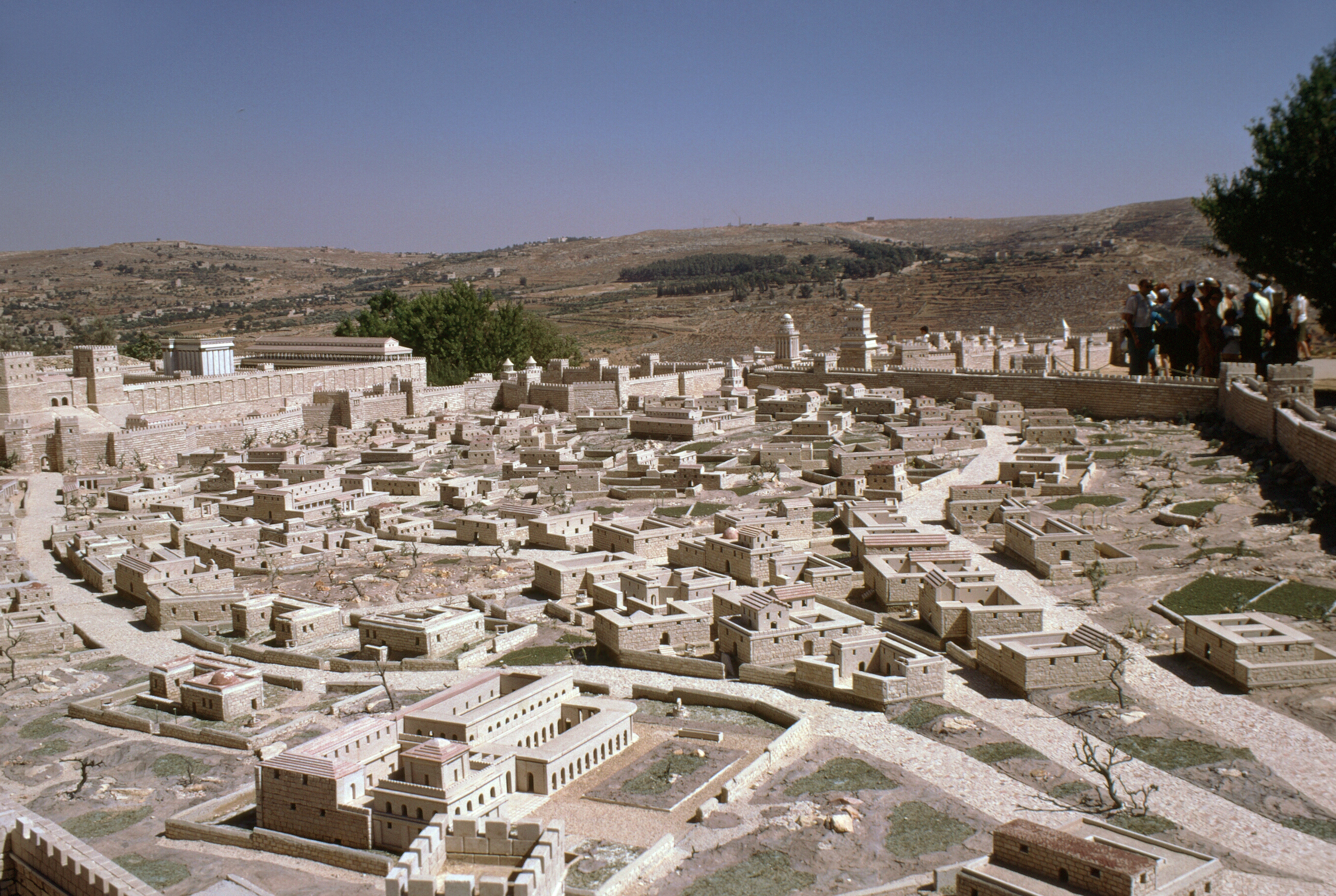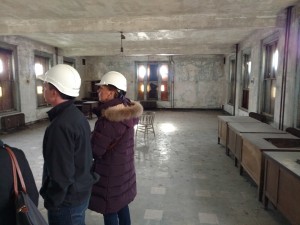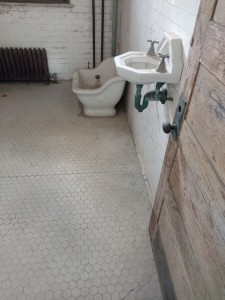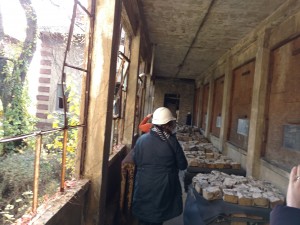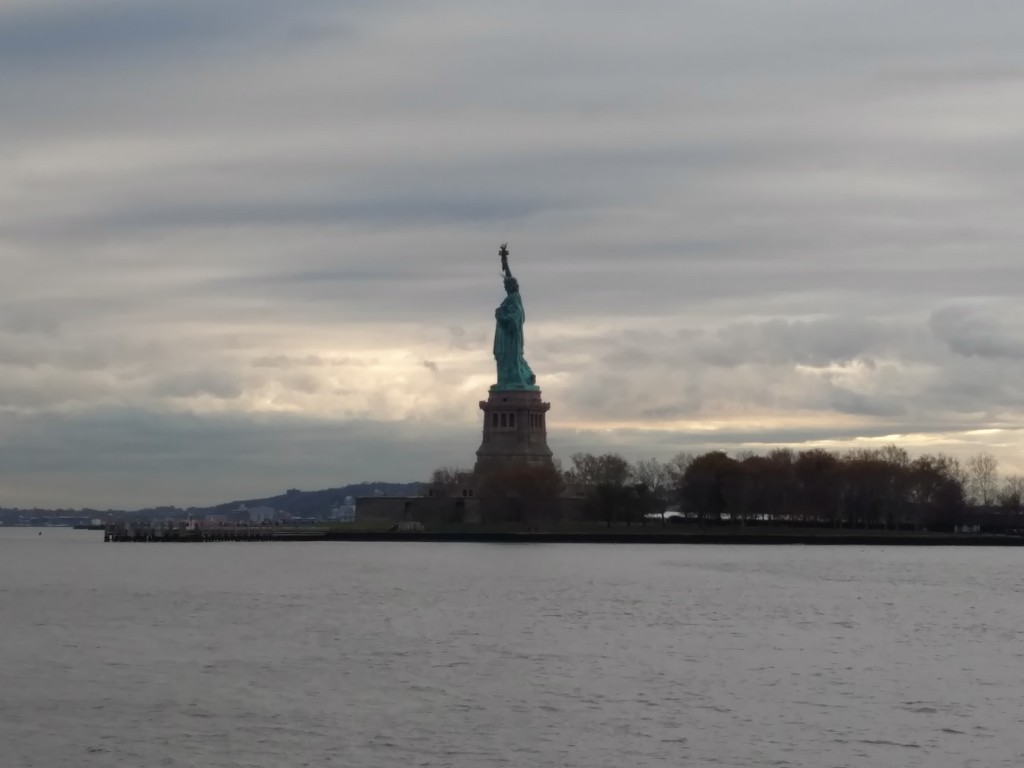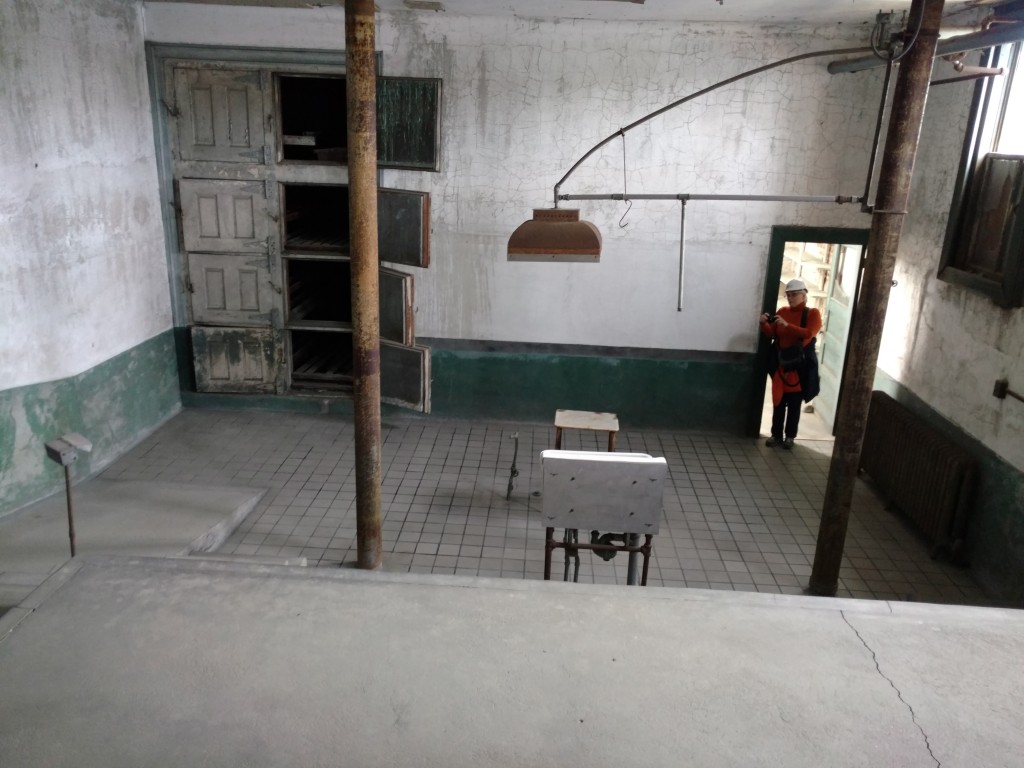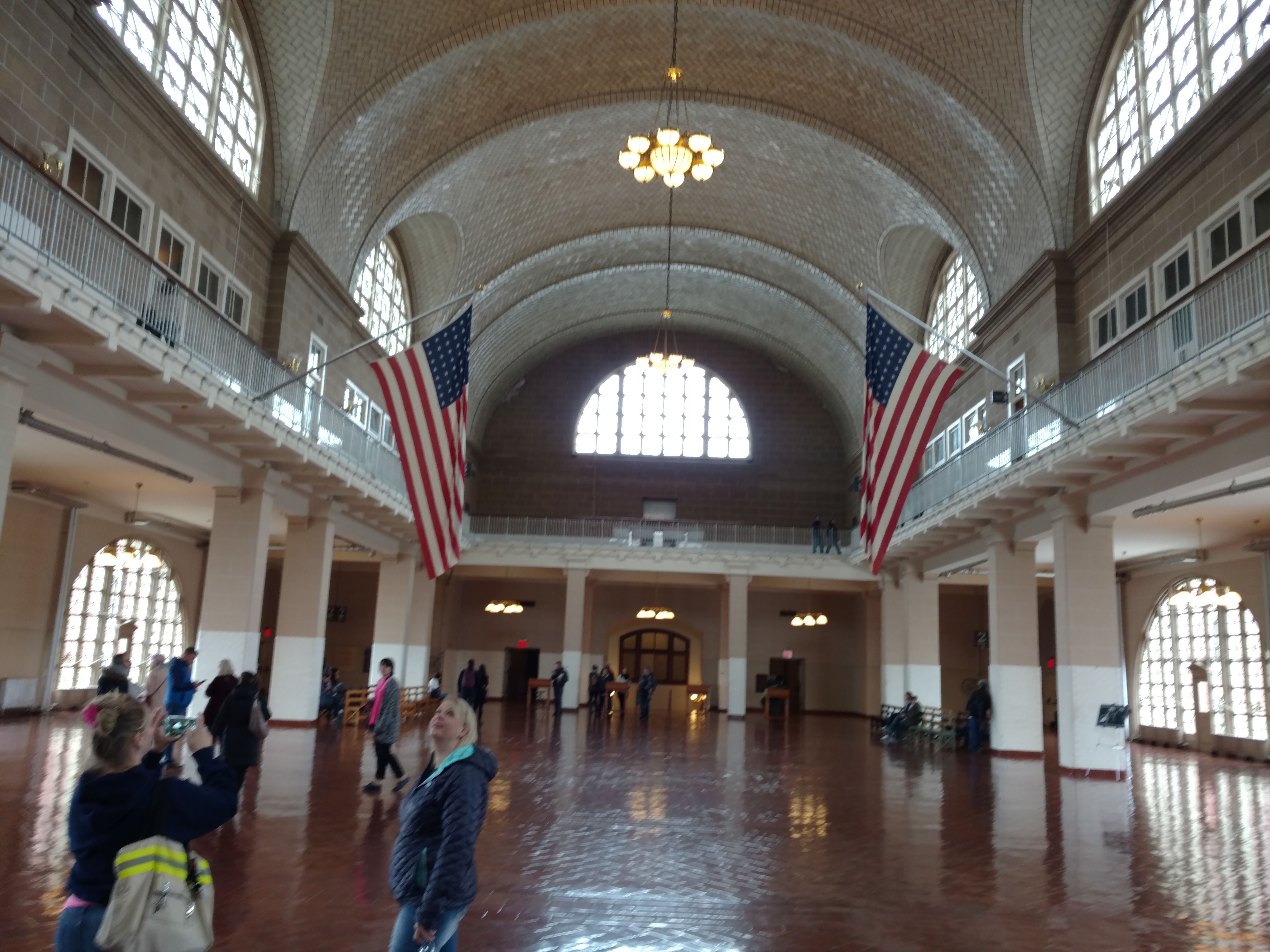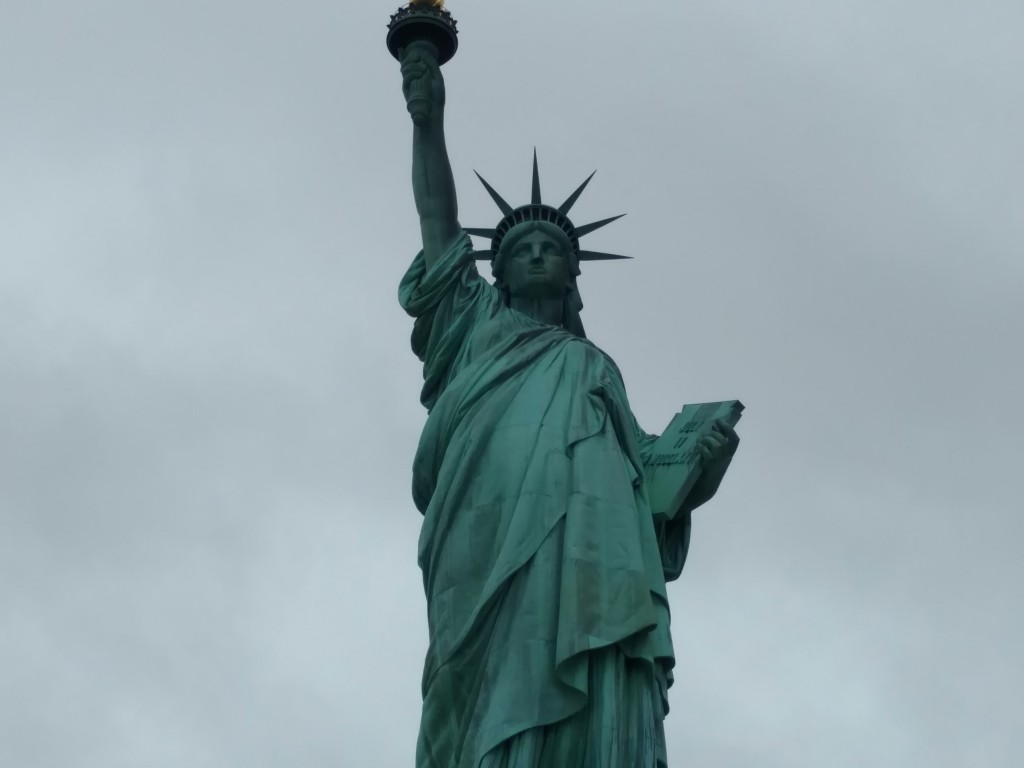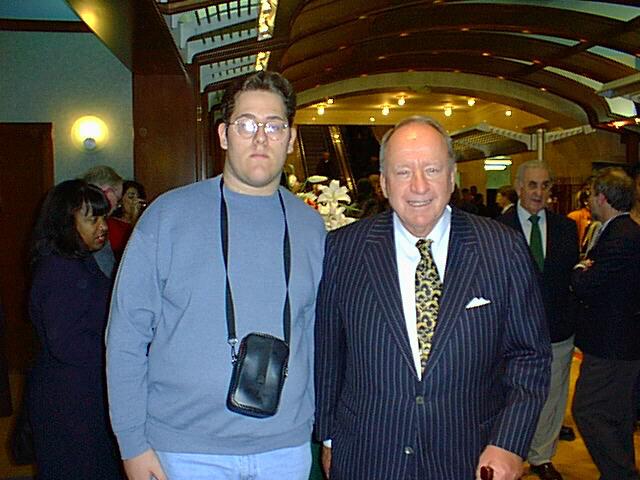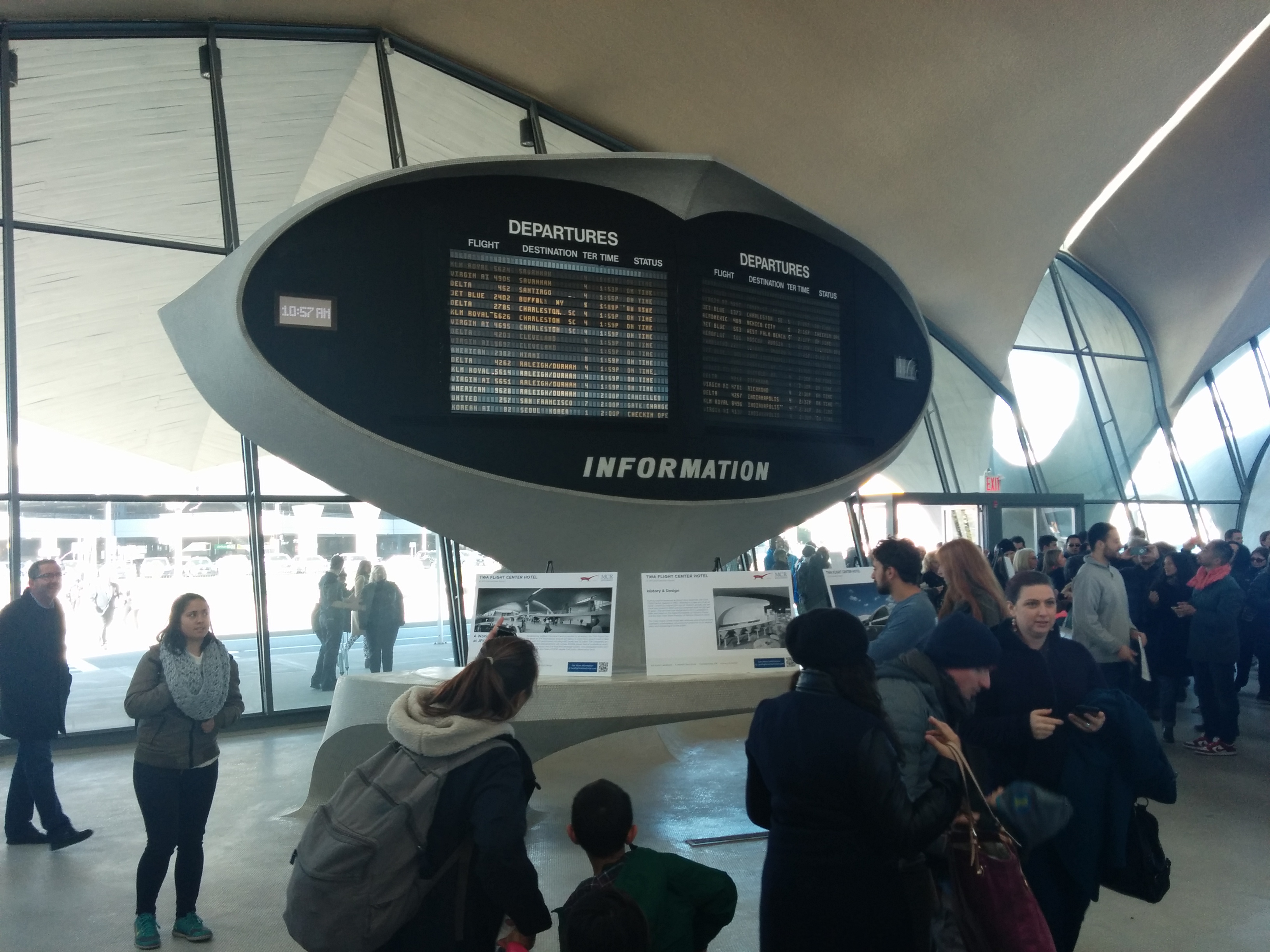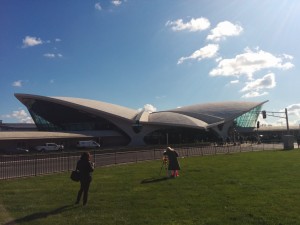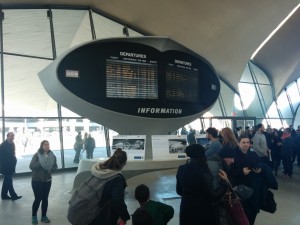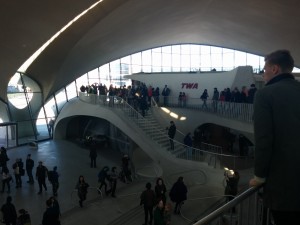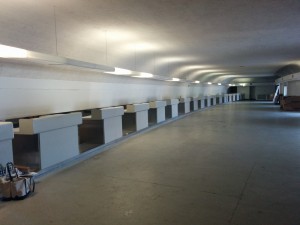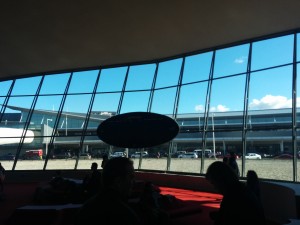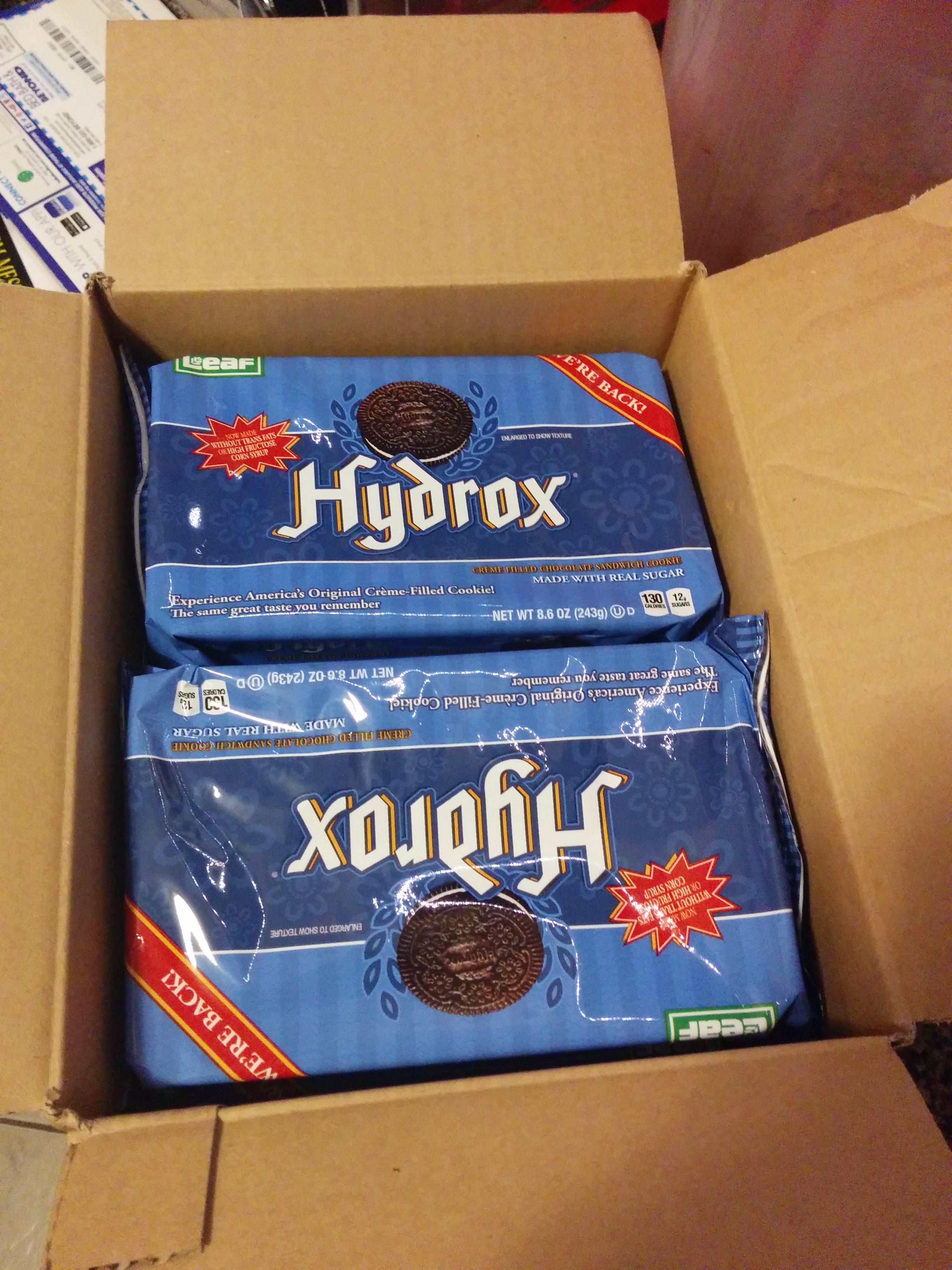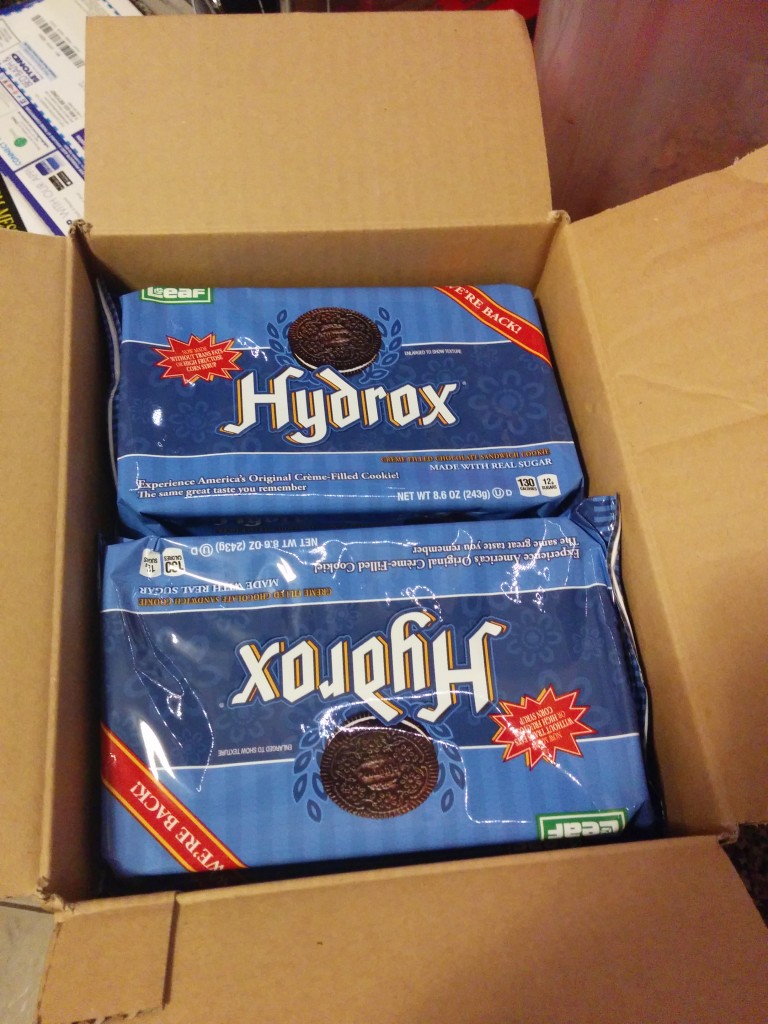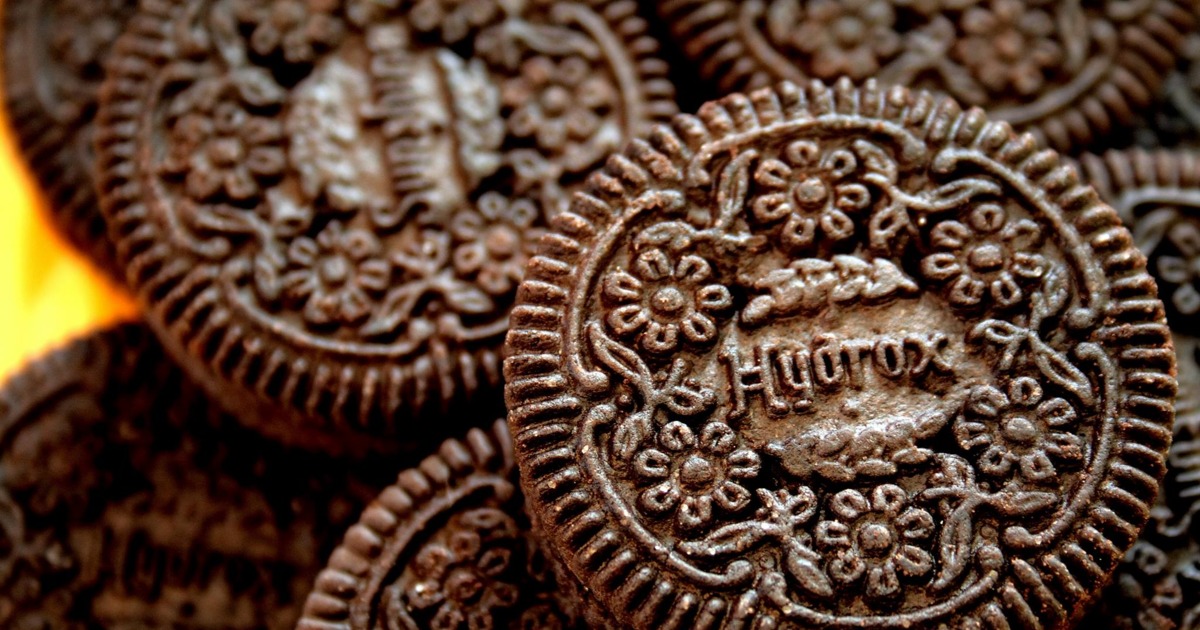Thursday, June 11, 2015
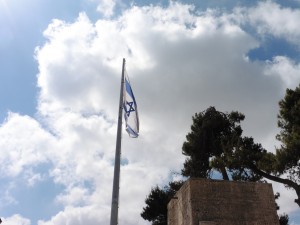
We headed to Ammunition Hill. I have to say that their museum’s video display was one of the most well-done presentations I can recall seeing in a museum. Ammunition Hill was a Jordanian military post in East Jerusalem and the site of one of the battles of the Six-Day War.
The Jordanians seized control of the hill during the 1948 conflict, which severed the connection between Mount Scopus and West Jerusalem. On June 6, 1967 at 2:30AM, the Israelis attacked. However, due to faulty intelligence, the size of the Jordanian forces was three times as much as expected. The battle ended four hours later, with 36 Israeli soldiers and 71 Jordanians killed. 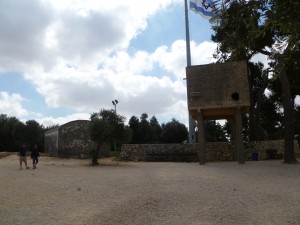
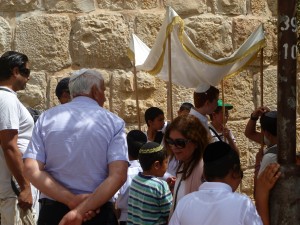
We returned to just outside the gates of the old city to see a common site…young boys preparing for a Bar Mitzvah at the Western Wall. They are escorted from outside under a chupah with friends and musicians.

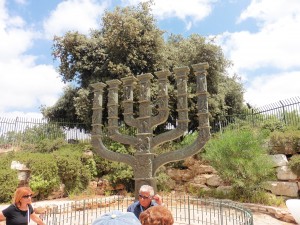
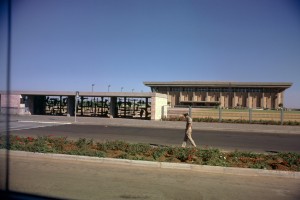
The Knesset is the legislature of Israel. It first convened on February 14, 1949, and moved to its current location in 1966. The Menorah is located in front of the Knesset and was presented in 1956. It took over six years to finish, and depicts various scenes from the history of the Jewish people.
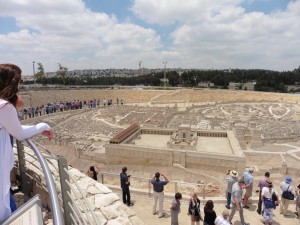
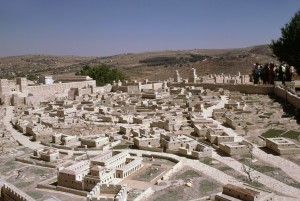
At the Israel Museum, you can not only see the Dead Sear scrolls(no photography permitted), but the Holyland Model of Jerusalem. Commissioned in 1966 by the owner of the Holyland hotel, it was relocated to the museum in 2006.
Since 1965, the majority of the Dead Sea scrolls can be found at the Shrine of the Book, at the Israel Museum.
Next time…we finish off the New City with Mount Hertz and Yad Vashem and move on to the final touring day.
